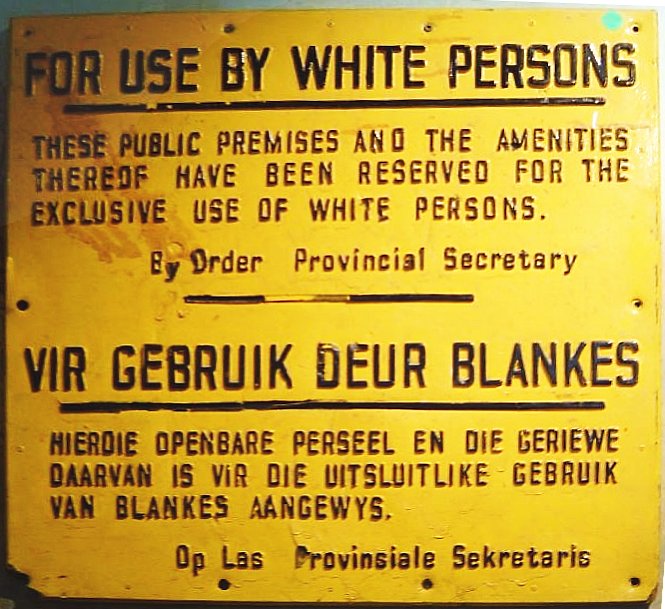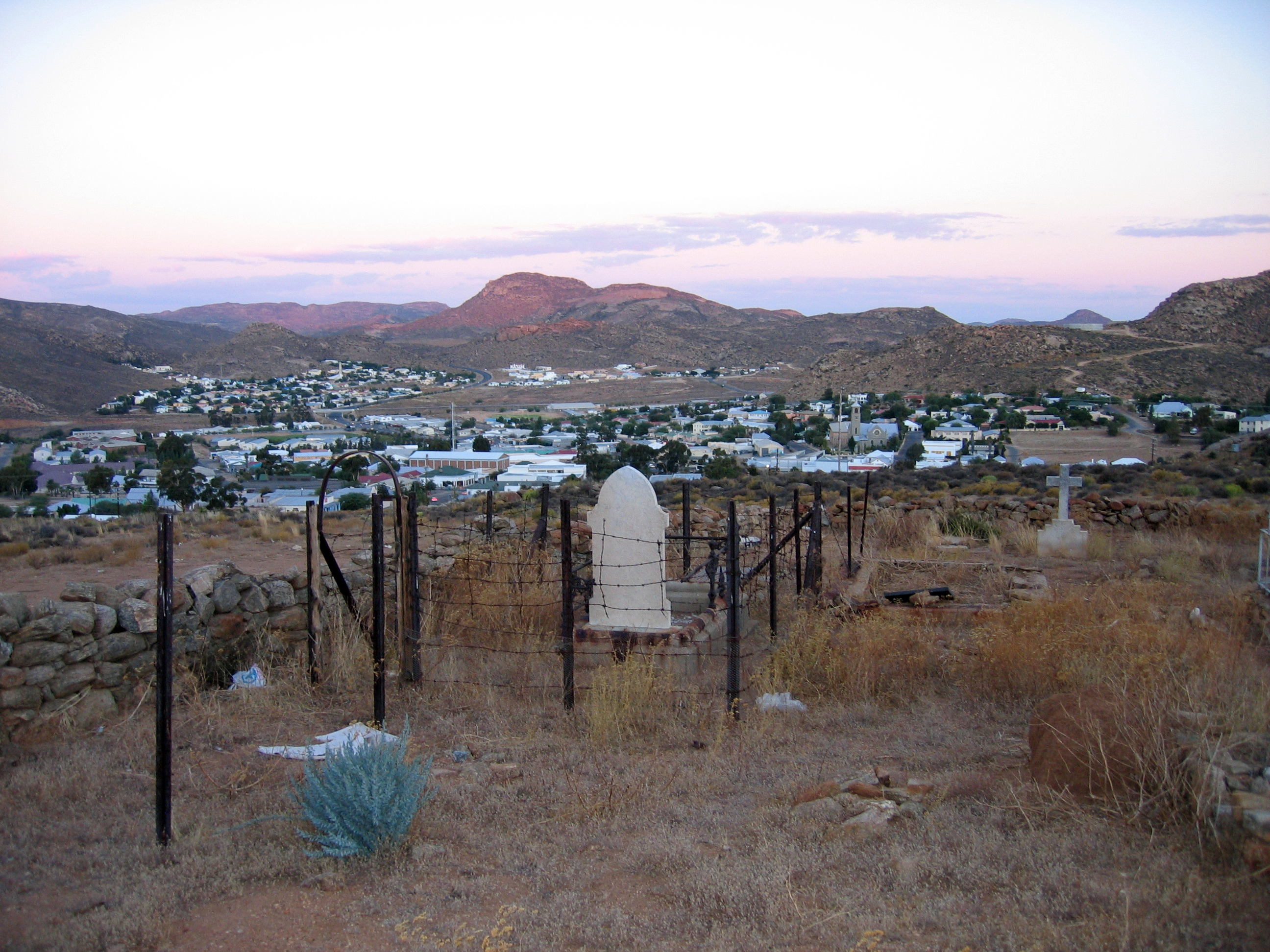|
2011–12 SAFA Second Division
The 2011–12 SAFA Second Division, known as the Vodacom League for sponsorship reasons, was the 2011–12 season of the third tier South African Association football, football league, the SAFA Second Division. It was divided into two streams, the Inland Stream and the Coastal Stream. Playoffs The tournament, featuring the winners of each of the nine provincial divisions, will be divided into two groups. Group A (Inland Stream) Group B (Coastal Stream) Playoff Final References External linksSAFA Official Website -database with results of Vodacom League {{DEFAULTSORT:2011-12 Vodacom League SAFA Second Division seasons 2011–12 in South African soccer leagues, 3 2011–12 in African third-tier association football leagues, South ... [...More Info...] [...Related Items...] OR: [Wikipedia] [Google] [Baidu] |
SAFA Second Division
The SAFA Second Division (known as the ABC Motsepe League for sponsorship reasons, and previously the Vodacom League between 1998 and 2012, was founded in 1998 as the overall third tier of South African association football, football. The competition is regulated by South African Football Association, SAFA, and until 2012 had been sponsored by mobile telecommunications company Vodacom. It features 144 teams in total, divided into 9 divisions, borders decided by the 9 geo-political provinces of South Africa: Eastern Cape, Free State (South African province), Free State, KwaZulu Natal, Northern Cape, Western Cape, Gauteng, Limpopo, Mpumalanga and North West (South African province), North West. Each provincial division contains 16 teams. The winner of each provincial division qualifies for the annual promotional playoffs, where the winners of two streams are promoted to the National First Division. In each province, the two lowest-ranked teams by the end of the season, are relegate ... [...More Info...] [...Related Items...] OR: [Wikipedia] [Google] [Baidu] |
Baroka F
Baroka F.C. is a South African Association football, football club from Ga-Mphahlele near Polokwane, Limpopo that plays in the National First Division. History Baroka won the Limpopo Stream of the SAFA Second Division three years in succession, failing to earn promotion in the national playoffs twice before earning promotion to the National First Division at the third attempt. In their debut season in the National First Division they came close to gaining promotion play-offs to the Premier Soccer League but fell short on goal difference on the last day with a 1–1 draw against Thanda Royal Zulu. While still in the third tier, the club received national attention by reaching the semi-final of the 2010–11 Nedbank Cup, defeating several South African Premiership, Premiership sides including Moroka Swallows and Kaizer Chiefs along the way. They won their first ever major title in 2018, defeating Mamelodi Sundowns F.C., Mamelodi Sundowns and Orlando Pirates F.C., Orlando Pirates ... [...More Info...] [...Related Items...] OR: [Wikipedia] [Google] [Baidu] |
SAFA Second Division Seasons
Safa or SAFA may refer to: Organizations Sport * Safa SC, an association football club in Lebanon * Safa WFC, a women's association football club in Lebanon * Scottish Amateur Football Association, governing body for amateur football in Scotland * South African Football Association, national governing body for association football in the Republic of South Africa * South Australian Football Association, an early name (1877–1906) of the South Australian National Football League * South Australian Football Association (1978–95), a defunct Australian rules football competition that ran from 1978-95 Other organizations * Palestinian Press Agency, Gaza-based Palestinian news agency also known as Safa News Agency (stylized as SAFA) * SAFA (architecture), professional body representing architects in Finland * Sino-American Friendship Association * South Asian Federation of Accountants * Student Action for Aborigines, a University of Sydney student group that organised the Fre ... [...More Info...] [...Related Items...] OR: [Wikipedia] [Google] [Baidu] |
Polokwane
Polokwane (, meaning "Sanctuary" in Northern SothoPolokwane - The Heart of the Limpopo Province. City of Polokwane official website. Retrieved on October 15, 2009.), also known as Pietersburg, is the capital city of the Limpopo Province in South Africa. It is the country's largest urban centre north of Gauteng. It was one of the nine host cities of the 2010 FIFA World Cup. History Early history In the 1840s, Voortrekkers under the leadership of Andries Potgieter, Andries Hendrik Potgieter established Schoemansdal, Limpopo, Zoutpansbergdorp, a town to the north. This settlement had to be abandoned because of clashes with the local tribes (Lebelo, Langa & Ledwaba clans), they founded a new town in 1886 and named it "Pietersburg" in honour of Voor ...[...More Info...] [...Related Items...] OR: [Wikipedia] [Google] [Baidu] |
Seshego Stadium
Seshego Stadium is a multi-use stadium in Seshego, Limpopo, South Africa. It is currently used mostly for soccer matches and is the home venue of Magesi and Copperbelt Ladies. The stadium was reopened on 8 February 2025 with the first PSL match held in 23 years seeing Magesi secure a 2-0 victory over Cape Town City. The first SAFA Women's League match is scheduled for 2 March with Copperbelt Ladies taking on the University of Pretoria. The Polokwane Local Municipality Polokwane Municipality () is a local municipality within the Capricorn District Municipality, in the Limpopo province of South Africa. It shares its name with the city of Polokwane. Polokwane Municipality accounts for 3% of the total surface are ... spent R19 million on the renovation of the stadium. References {{Reflist Soccer venues in South Africa Sports venues in Limpopo Polokwane ... [...More Info...] [...Related Items...] OR: [Wikipedia] [Google] [Baidu] |
Kwazulu-Natal
KwaZulu-Natal (, also referred to as KZN) is a Provinces of South Africa, province of South Africa that was created in 1994 when the government merged the Zulu people, Zulu bantustan of KwaZulu ("Place of the Zulu" in Zulu language, Zulu) and Natal Province. It is located in the southeast of the country, with a long shoreline on the Indian Ocean. It shares borders with three other provinces and the countries of Mozambique, Eswatini and Lesotho. Its capital is Pietermaritzburg, and its largest city is Durban, which is also the Port of Durban, city with the largest port in sub-saharan Africa. It is the second-most populous province in South Africa, after Gauteng. Two areas in KwaZulu-Natal have been declared UNESCO World Heritage Sites: the iSimangaliso Wetland Park and the uKhahlamba Drakensberg Park. These areas are important to the surrounding ecosystems. During the 1830s and early 1840s, the northern part of what is now KwaZulu-Natal was established as the Zulu Kingdom. The ... [...More Info...] [...Related Items...] OR: [Wikipedia] [Google] [Baidu] |
Northern Cape
The Northern Cape ( ; ; ) is the largest and most sparsely populated Provinces of South Africa, province of South Africa. It was created in 1994 when the Cape Province was split up. Its capital is Kimberley, South Africa, Kimberley. It includes the Kalahari Gemsbok National Park, part of the Kgalagadi Transfrontier Park and an Transboundary Protected Area, international park shared with Botswana. It also includes the Augrabies Falls and the diamond mining regions in Kimberley and Alexander Bay, Northern Cape, Alexander Bay. The Namaqualand region in the west is famous for its Dimorphotheca sinuata, Namaqualand daisies. The southern towns of De Aar and Colesberg found within the Great Karoo are major transport nodes between Johannesburg, Cape Town and Gqeberha. Kuruman can be found in the north-east and is known as a Mission (station), mission station. It is also well known for its artesian spring and Eye of Kuruman. The Orange River flows through the province, forming the borders ... [...More Info...] [...Related Items...] OR: [Wikipedia] [Google] [Baidu] |
Western Cape
The Western Cape ( ; , ) is a provinces of South Africa, province of South Africa, situated on the south-western coast of the country. It is the List of South African provinces by area, fourth largest of the nine provinces with an area of , and List of South African provinces by population, the third most populous, with an estimated 7 million inhabitants in 2020. About two-thirds of these inhabitants live in the metropolitan area of Cape Town, which is also the provincial capital. The Western Cape was created in 1994 from part of the former Cape Province. The two largest cities are Cape Town and George, Western Cape, George. Geography The Western Cape is roughly L-shaped, extending north and east from the Cape of Good Hope, in the southwestern corner of South Africa. It stretches about northwards along the Atlantic coast and about eastwards along the South African south coast (Southern Indian Ocean). It is bordered on the north by the Northern Cape and on the east by ... [...More Info...] [...Related Items...] OR: [Wikipedia] [Google] [Baidu] |
Maritzburg City F
Pietermaritzburg (; ) is the capital and second-largest city in the province of KwaZulu-Natal, South Africa after Durban. It was named in 1838 and is currently governed by the Msunduzi Local Municipality. The town was named in Zulu after King Dingane's royal homestead uMgungundlovu. Pietermaritzburg is popularly called Maritzburg and is often informally abbreviated to PMB. It is a regionally-important industrial hub, producing aluminium, timber and dairy products, and is the main economic hub of uMgungundlovu District Municipality. The public sector is a major employer in the city due to local, district and provincial government offices located here. The city has many schools and tertiary education institutions, including a campus of the University of KwaZulu-Natal. It had a population of 228,549 in 1991; the current population is estimated at over 600,000 residents (including neighbouring townships) and is a melting pot of different cultures & races, including Indian, African, ... [...More Info...] [...Related Items...] OR: [Wikipedia] [Google] [Baidu] |
Limpopo
Limpopo () is the northernmost Provinces of South Africa, province of South Africa. It is named after the Limpopo River, which forms the province's western and northern borders. The term Limpopo is derived from Rivombo (Livombo/Lebombo), a group of Tsonga language, Tsonga settlers led by Hosi Rivombo who settled in the mountainous vicinity and named the area after their leader. The Lebombo mountains are also named after them. The river has been called the Vhembe by local Venda communities of the area. The capital and largest city in the province is Polokwane, while the provincial legislature is situated in Lebowakgomo. The province is made up of three former Bantustan, Bantustans of Lebowa, Gazankulu and Venda and part of the former Transvaal (province), Transvaal province. The Limpopo province was established as one of nine provinces after the 1994 South African general election. The province's name was first "Northern Transvaal", later changed to "Northern Province" on 2 ... [...More Info...] [...Related Items...] OR: [Wikipedia] [Google] [Baidu] |
Mpumalanga
Mpumalanga () is one of the nine provinces of South Africa. The name means "East", or literally "The Place Where the Sun Rises" in the Nguni languages. Mpumalanga lies in eastern South Africa, bordering Eswatini and Mozambique. It shares borders with the South African provinces of Limpopo to the north, Gauteng to the west, the Free State (province), Free State to the southwest, and KwaZulu-Natal to the south. The capital is Mbombela. Mpumalanga was formed in 1994, when the area that was the Eastern Transvaal (province), Transvaal was merged with the former bantustans KaNgwane, KwaNdebele and parts of Lebowa and Gazankulu. Although the contemporary borders of the province were formed only at the end of apartheid, the region and its surroundings have a history that extends back thousands of years. Much of its history and current significance are as a region of trade. History Precolonial Era Archeological sites in the Mpumalanga region indicate settlement by humans and ... [...More Info...] [...Related Items...] OR: [Wikipedia] [Google] [Baidu] |





